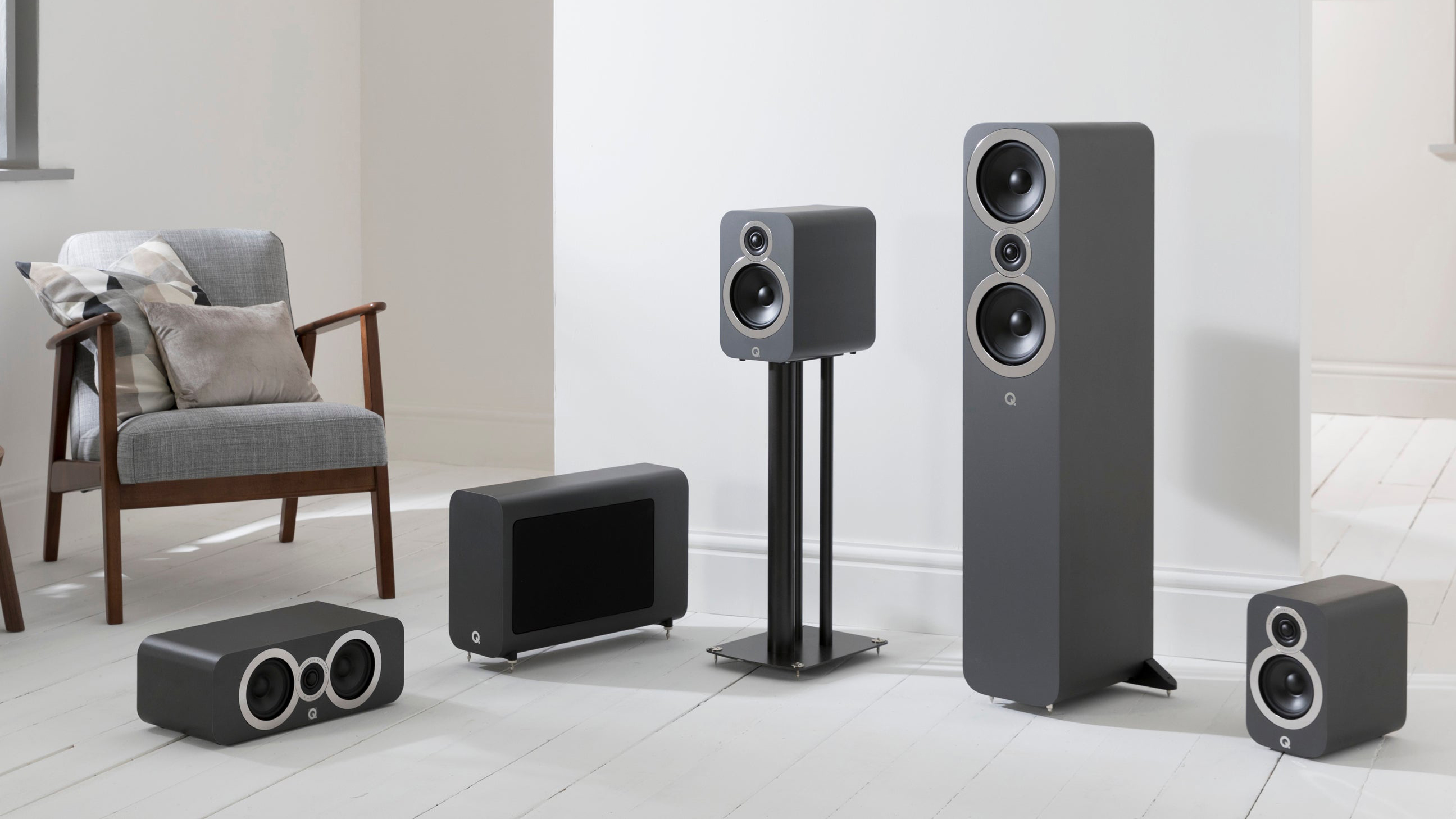

The best surround sound systems will completely level up your home audio experience, whether that’s watching movies or listening to your favourite tunes. Surround sound is serious about providing the most epic quality sound you can get, that other speakers just can’t rival.
But where to start? There are so many things to consider when shopping for the best surround sound systems, many of which come with complex features and accessories that can be difficult to navigate if you don’t know what you’re looking for. It's not just about sounding good either.
We've kept things simple in this guide, refining things down to three top options that cover most bases without getting tied up in a million details. If you want a more in-depth system, you can also check out our guide to the best AV receivers, so that you’ve got everything you need to install epic sound in your home.
If this all sounds a bit too techy though, or you simply don’t have the space for a large Hi-Fi system, then you may prefer to look at our list of the best soundbars that offer great quality sound in a compact product. Perhaps it’s time to upgrade your entire entertainment system, in which case you may also want to look at the best TVs and best 4K Blu-ray players, to complete your set-up.
The best surround sound systems in 2025
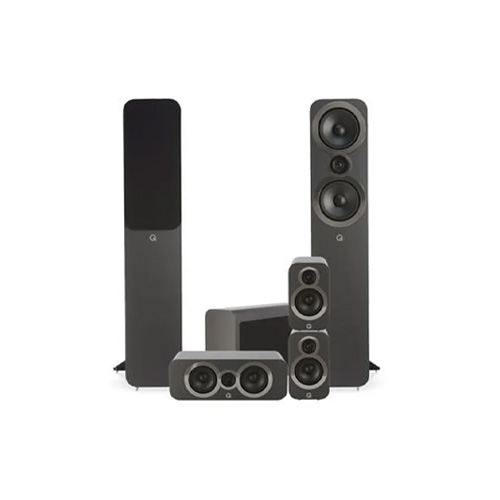
Best high-end option
Looking and sounding great, the Q Acoustics 3050i 5.1 Cinema Package is a surround sound setup that performs like a far more expensive system. While the subwoofer isn't as deep as you'd ideally want, there's nothing wanting about the sound profile that's on show here. A feast for your ears that also won't make your wallet cry.
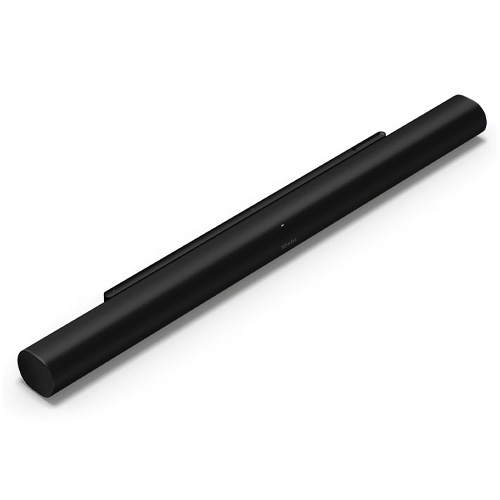
Best soundbar
When it comes to audio quality, the best soundbar for surround sound from a single unit is undoubtedly the Sonos Arc Ultra. It allows you to enjoy a fully immersive experience with a minimum of fuss. This soundbar is really easy to install, but you have the option of expanding it in the future – and thanks to the Sonos wireless ecosystem, the cabling is kept to a minimum.

Best 3D Sound
For truly immersive multi-directional audio we rate this Samsung setup. This four-speaker setup delivers not only a superb vertical sound profile but also top-notch positioning, you really get the Dolby Atmos dome of sound effect. It's also incredibly easy to set up – just connect the soundbar to your TV via HDMI and it connects wirelessly to the speakers.
How to buy the best surround sound system for you
Most surround sound systems on the market come in the form of speaker packages, which means you have all the speakers you need to get your surround sound system up and running – as long as you remember to add an AV receiver and cabling (if needed).
But if you’re thinking of building your own 5.1-channel setup, you’ll need left, right and centre speakers at the front, two speakers at the rear and a subwoofer. You can always add side and overhead speakers later, but a basic multi-channel system is a good place to start.
If you have a favourite pair of stereo speakers, and simply want to expand your system to include centre and rear channels, try and use devices of the same manufacturer the reason for this is that speakers in the same range will share similar designs, which in turn should mean they should have the same sound profile. This results in better tonal balance, allowing audio effects to be steered from speaker to speaker without sounding noticeably different.
Some of the systems you'll find are based around floor-standing speakers, while others use smaller satellite speakers for all five channels. Regardless of what you’re using, when running any room correction make sure you set all the speakers to ’small’. This allows the dedicated subwoofer to handle the lower frequencies, and you can choose the appropriate crossover for each speaker. This is the point where the AV receiver’s processing transfers the lower frequencies from the speakers to the subwoofer, ensuring a smoother bass response.
Speaking of subwoofers, you don’t necessarily need to use one from the same manufacturer as your speakers because a sub only handles the lower frequencies below 150 Hz. Since these frequencies aren’t directional, you don’t have to worry about tonal balance and can thus consider manufacturers that specialise in subwoofers, such as SVS and REL. When positioning the sub you may be limited by the room layout but, in general, one of the front corners should work best.
Dedicated surround speakers come in a variety of flavours: monopole, bipole, or tripole. This may sound confusing, but in reality these different types of surround speaker are actually fairly simple. A monopole is basically a regular speaker with a direct-firing driver – all the surround speakers in this guide use a monopole design. A bipole speaker uses forward and rear firing drivers to create a more diffuse surround sound field, while a tripole combines forward, rear and direct firing drivers to create both diffusion and precision for object-based audio.
A number of the systems in this guide support object-based audio formats like Dolby Atmos and DTS:X, and an ideal Dolby Atmos system will include upward-firing drivers, because a key part of these formats is adding height. If you’re thinking of building an immersive audio surround system you can either use overhead speakers or, if you don’t fancy cutting holes in your ceiling, upward-firing add-on modules. Once again, try to match these modules with the other speakers in your system, and since this type of design bounces sounds off the ceiling, the lower, flatter and more acoustically reflective it is, the better the results.
Sign up to the T3 newsletter for smarter living straight to your inbox
Get all the latest news, reviews, deals and buying guides on gorgeous tech, home and active products from the T3 experts

Max is T3's Staff Writer for the Tech section – with years of experience reporting on tech and entertainment. He's also a gaming expert, both with the games themselves and in testing accessories and consoles, having previously flexed that expertise at Pocket-lint as a features editor.
-
 Biver adds another two Automatique models to its collection
Biver adds another two Automatique models to its collectionThese are classy additions
By Sam Cross Published
-
 Audeze’s new planar headphones promise studio-quality sound without a sky-high price
Audeze’s new planar headphones promise studio-quality sound without a sky-high priceThe new LCD-S20 closed-back headphones are Audeze's most affordable premium planar headphones yet
By Carrie Marshall Published
-
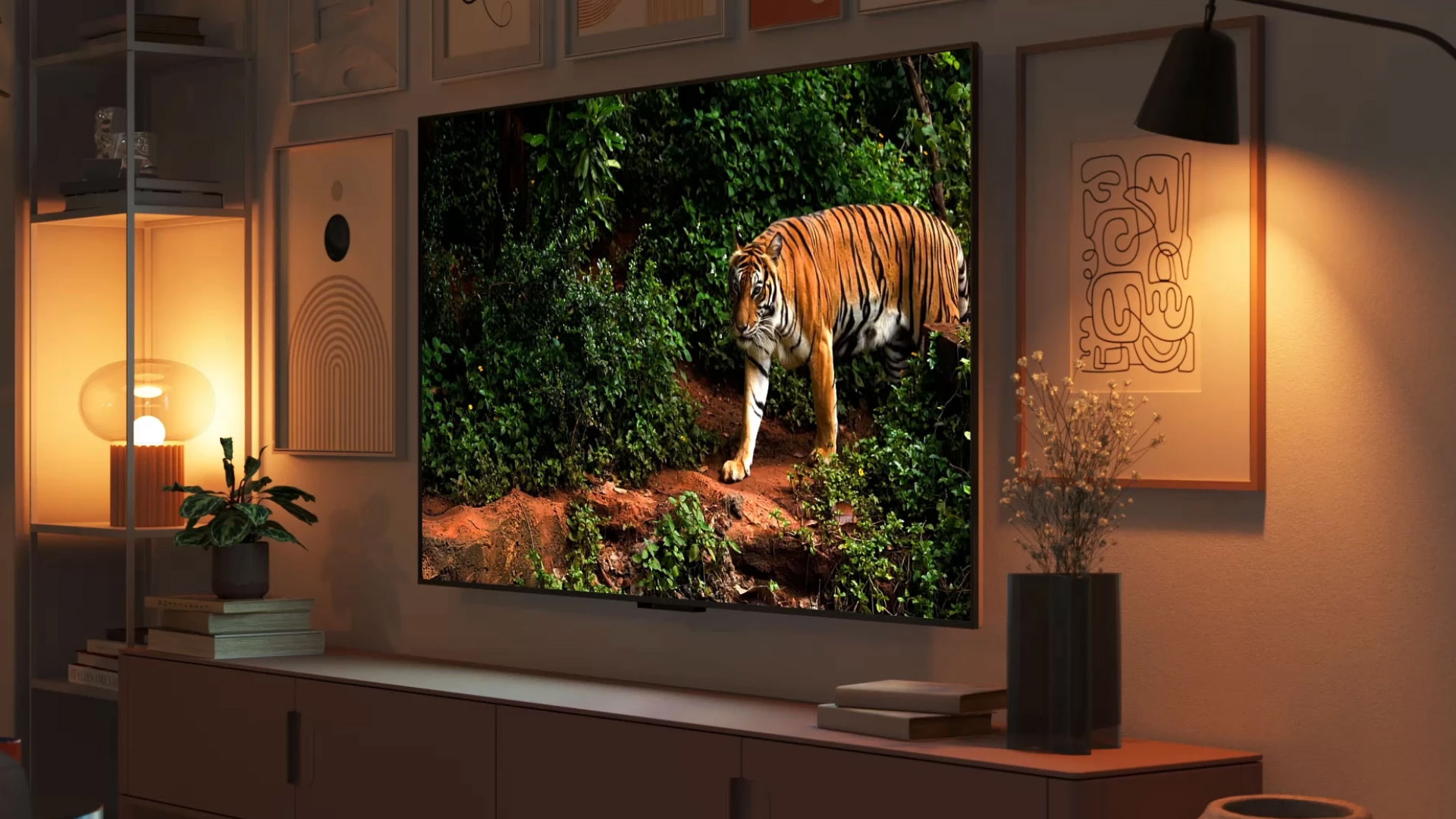 Amazon Fire TV Omni Mini-LED 4K TV review: a huge step up in performance
Amazon Fire TV Omni Mini-LED 4K TV review: a huge step up in performanceAmazon's second-gen Fire TV and first Mini-LED TV is a great option
By Steve May Published
-
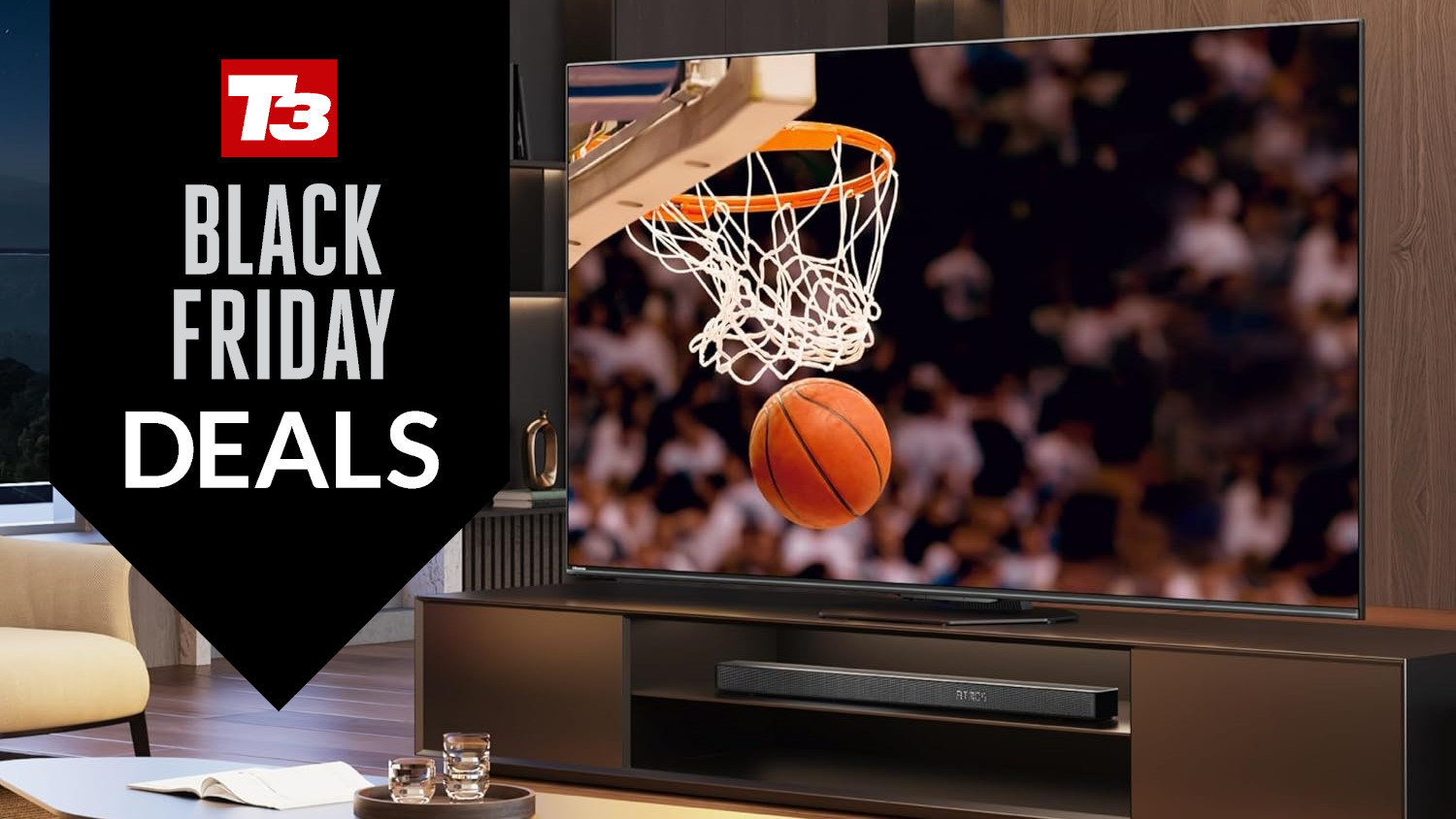 Early Black Friday deal sees price of massive 75-inch TV slashed
Early Black Friday deal sees price of massive 75-inch TV slashedYou'll even get a free copy of NBA 2k25
By Sam Cross Published
-
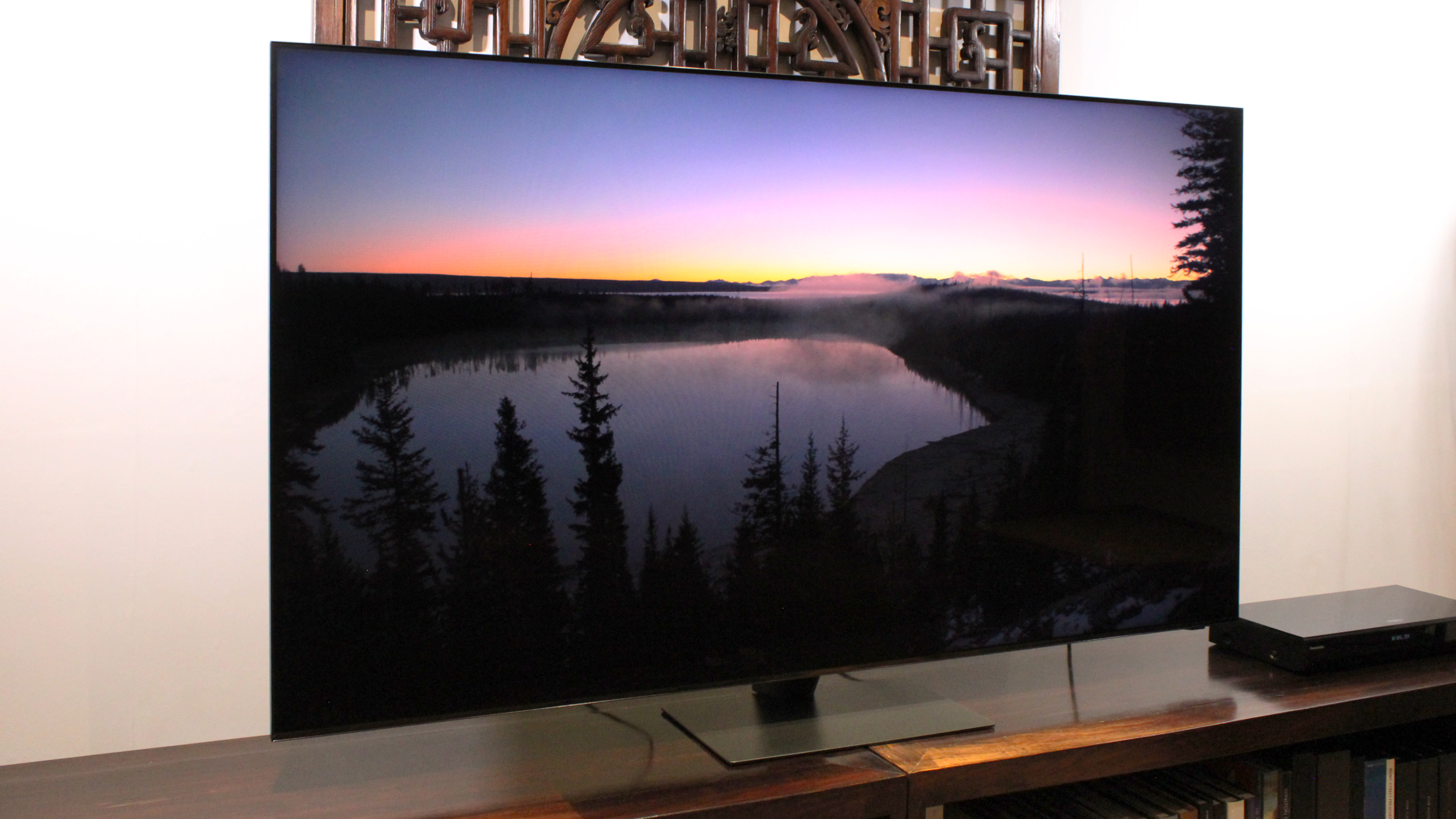 Your Samsung TV just got its biggest free upgrade yet
Your Samsung TV just got its biggest free upgrade yetOne UI is rolling out to the latest Samsung TVs now
By Britta O'Boyle Published
-
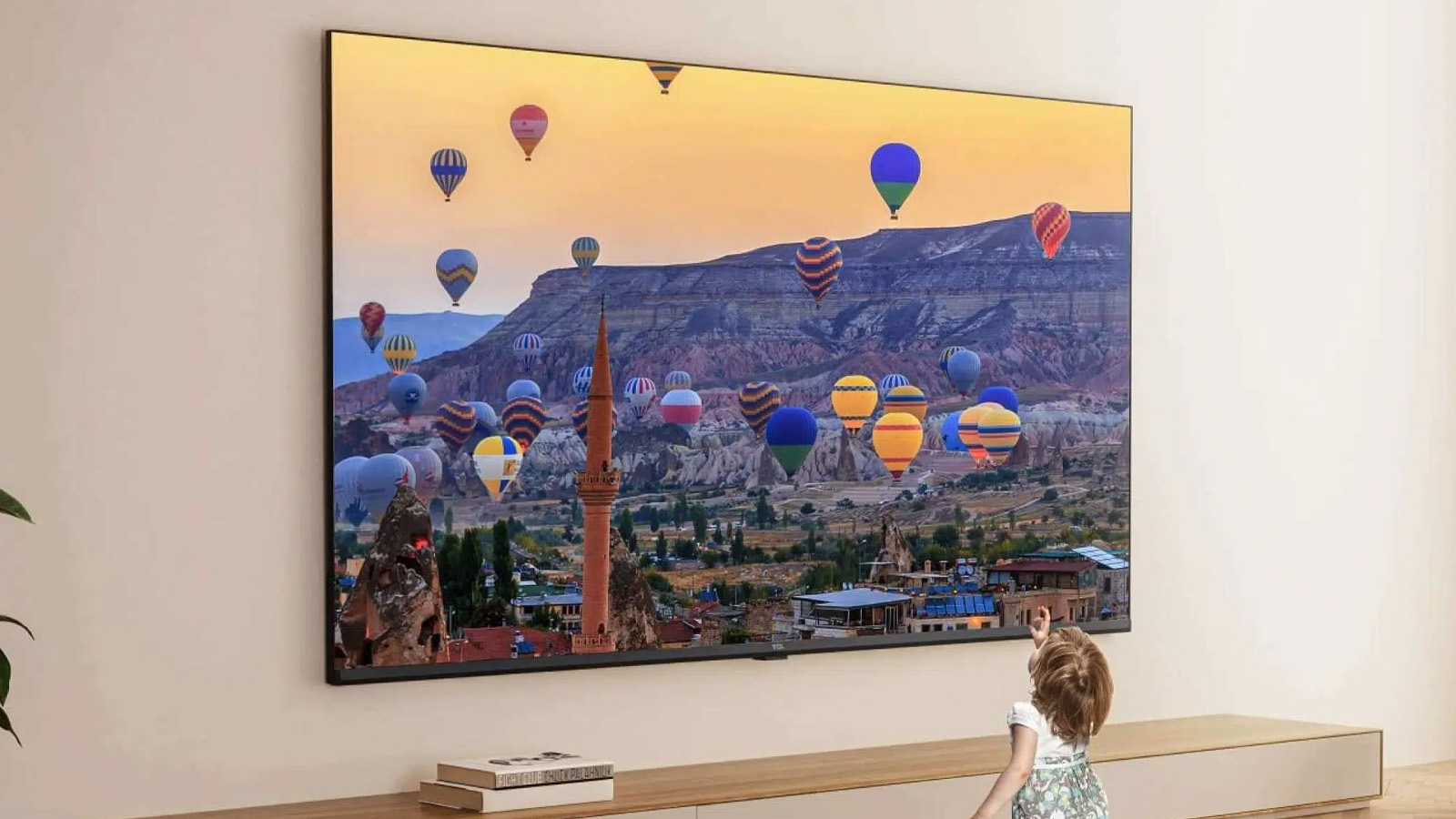 This ultra-bright mini-LED TV is the display of my dreams
This ultra-bright mini-LED TV is the display of my dreamsTCL's next flagship looks fantastic
By Andy Sansom Published
-
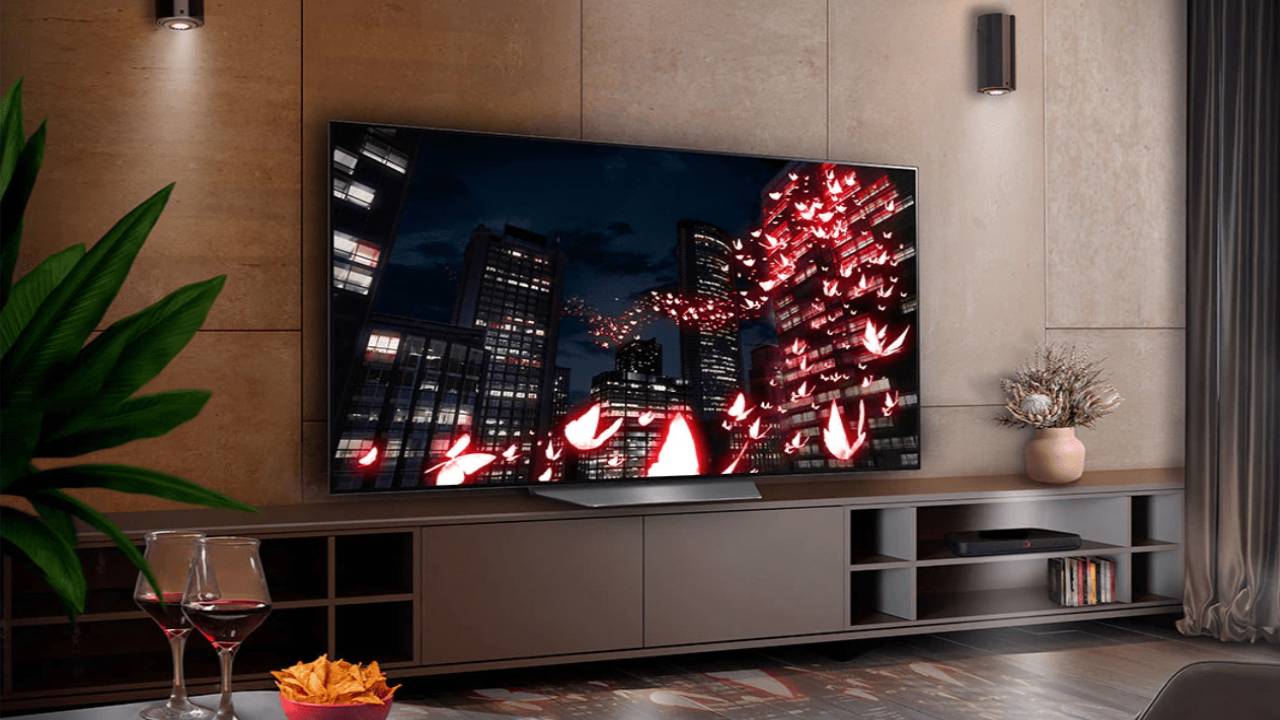 LG TV owners just got Apple TV+ for free
LG TV owners just got Apple TV+ for freeNo matter if you have an LG OLED TV or an LED model, you just got Apple TV+ for free
By Robert Jones Published
-
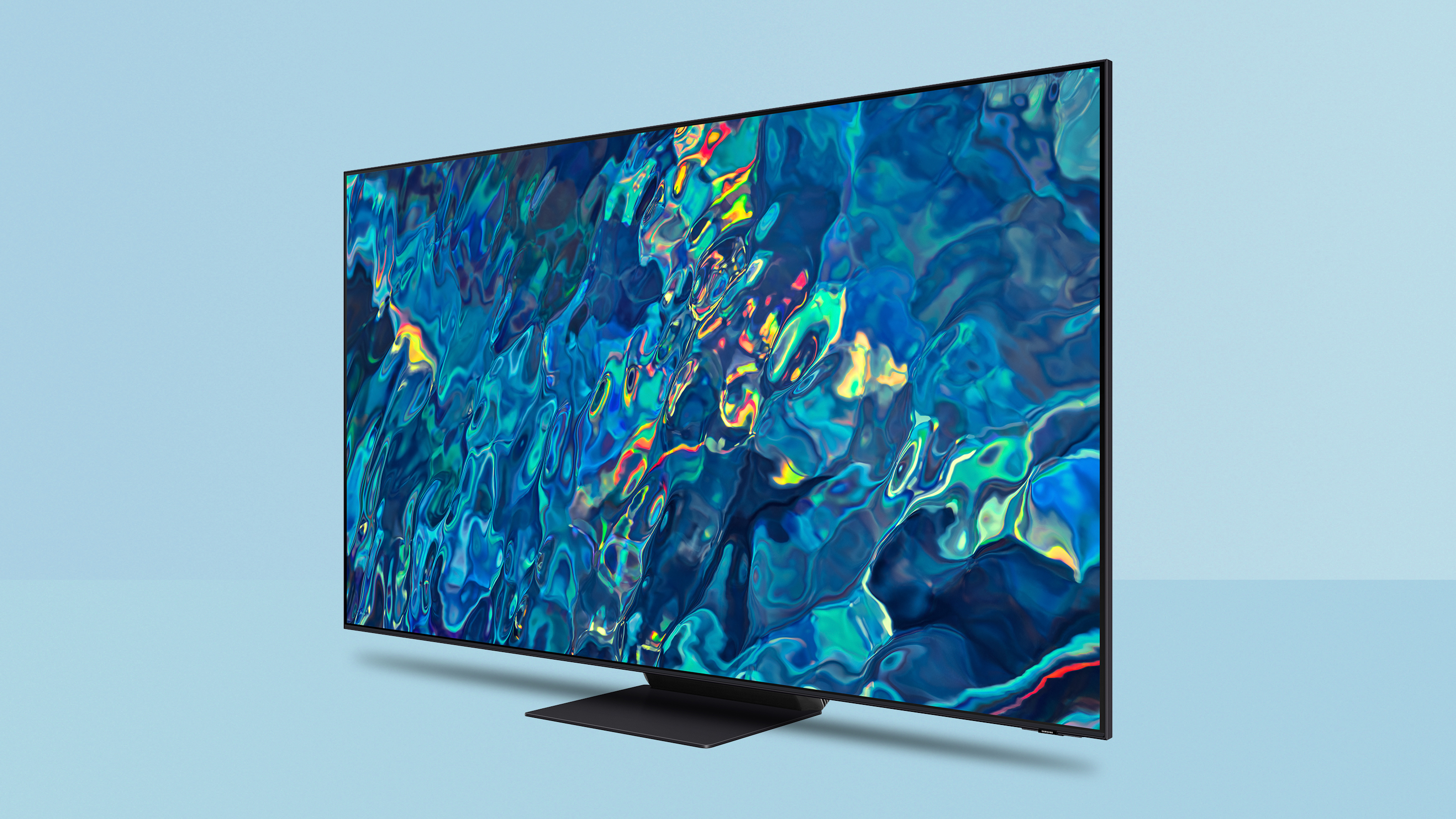 Samsung smart TV owners just got a welcome image upgrade
Samsung smart TV owners just got a welcome image upgradeHDR10+ comes to the Apple TV app on Samsung Smart TVs
By Carrie Marshall Published
-
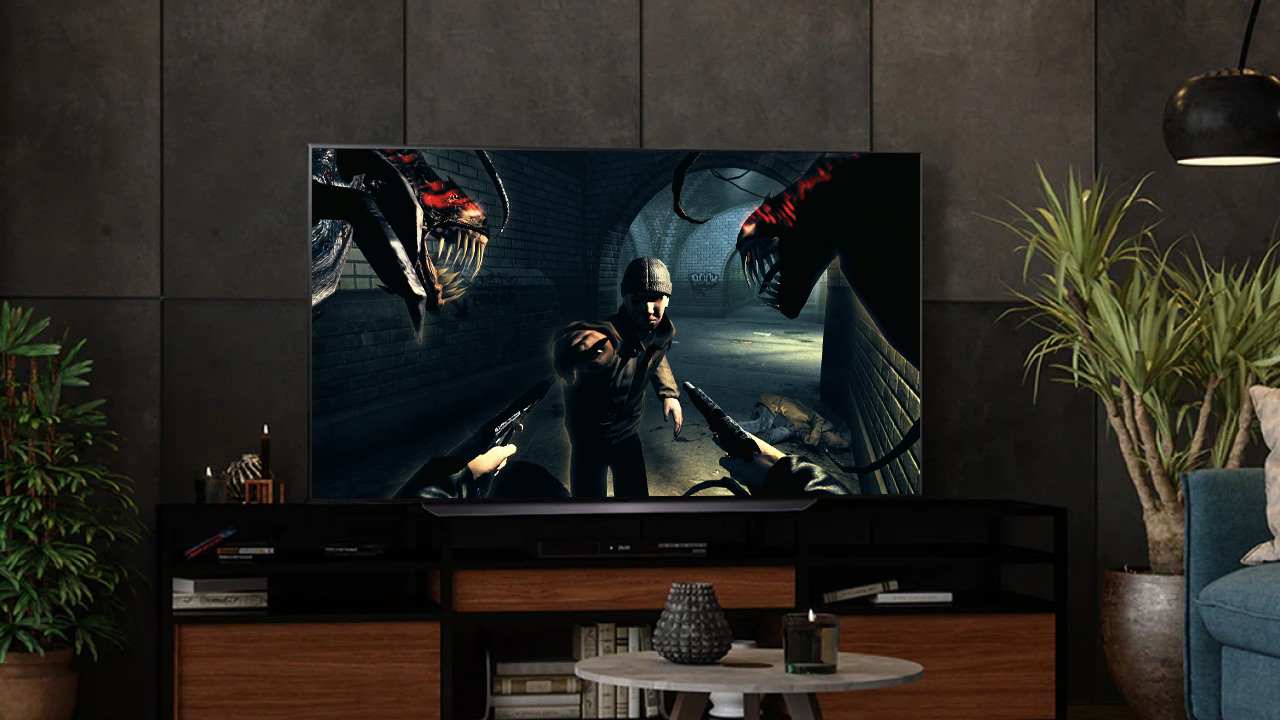 My LG C1 OLED TV makes The Darkness look incredible on Xbox Series X
My LG C1 OLED TV makes The Darkness look incredible on Xbox Series XThis classic first-person shooter is taken to a new level of awesome thanks to OLED TV tech
By Robert Jones Last updated
-
 TV deals in the Amazon Prime Early Access Sale from Samsung, LG and more
TV deals in the Amazon Prime Early Access Sale from Samsung, LG and moreBlack Friday deals have come early with these TV deals as part of Amazon's Prime Early Access Sale
By Mat Gallagher Last updated